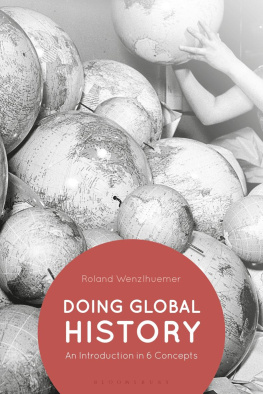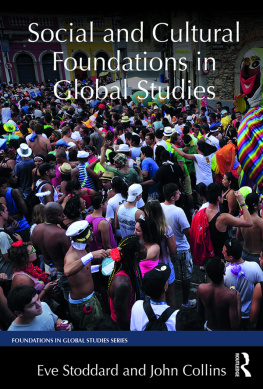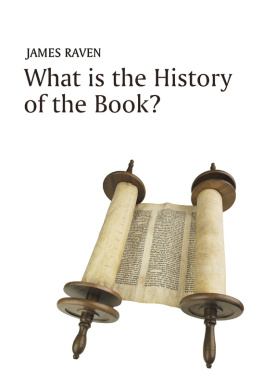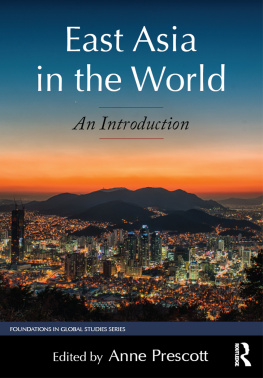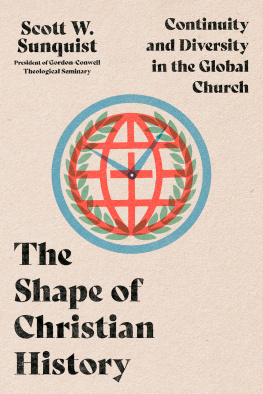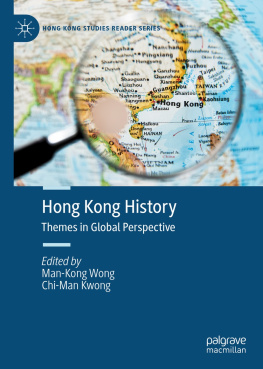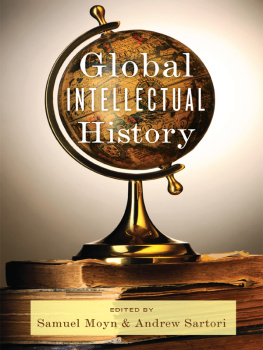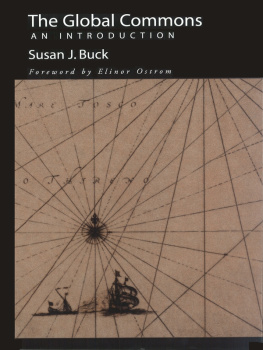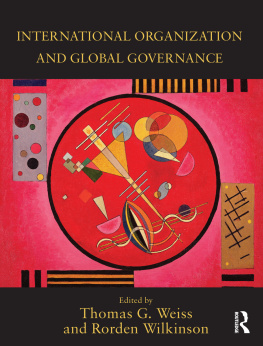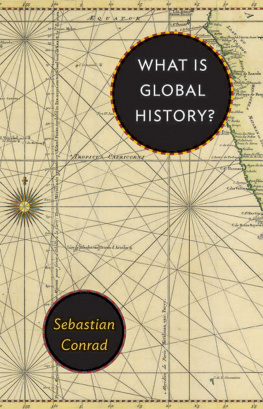Roland Wenzlhuemer - Doing Global History: An Introduction in 6 Concepts
Here you can read online Roland Wenzlhuemer - Doing Global History: An Introduction in 6 Concepts full text of the book (entire story) in english for free. Download pdf and epub, get meaning, cover and reviews about this ebook. year: 2019, publisher: Bloomsbury Publishing, genre: Romance novel. Description of the work, (preface) as well as reviews are available. Best literature library LitArk.com created for fans of good reading and offers a wide selection of genres:
Romance novel
Science fiction
Adventure
Detective
Science
History
Home and family
Prose
Art
Politics
Computer
Non-fiction
Religion
Business
Children
Humor
Choose a favorite category and find really read worthwhile books. Enjoy immersion in the world of imagination, feel the emotions of the characters or learn something new for yourself, make an fascinating discovery.
- Book:Doing Global History: An Introduction in 6 Concepts
- Author:
- Publisher:Bloomsbury Publishing
- Genre:
- Year:2019
- Rating:4 / 5
- Favourites:Add to favourites
- Your mark:
Doing Global History: An Introduction in 6 Concepts: summary, description and annotation
We offer to read an annotation, description, summary or preface (depends on what the author of the book "Doing Global History: An Introduction in 6 Concepts" wrote himself). If you haven't found the necessary information about the book — write in the comments, we will try to find it.
Doing Global History offers students valuable insights into the ways general concepts can be used and applied when doing historical research. The 6 concepts- connections, actors, structures, space, time and transit- and their accompanying examples will not only help readers to get a solid grasp of what global history means, but will stimulate further engagement in the field. Wenzlhuemer successfully shows that global history is best considered as a perspective, not a theory or paradigm, and guides the reader through ways it can be used in practice to draw new and exciting conclusions. Tailored for classroom and student use, this book will be invaluable to advanced undergraduates and postgraduates of Global History.
Roland Wenzlhuemer: author's other books
Who wrote Doing Global History: An Introduction in 6 Concepts? Find out the surname, the name of the author of the book and a list of all author's works by series.

